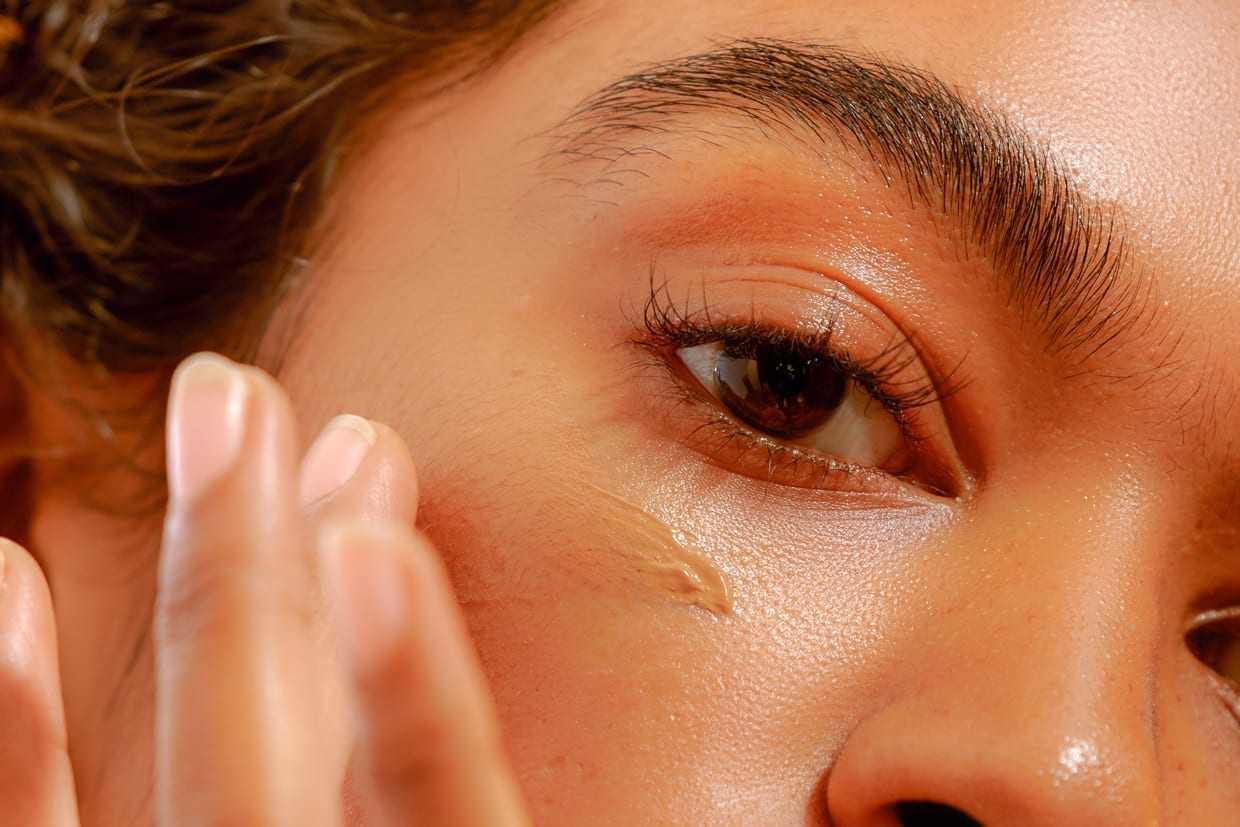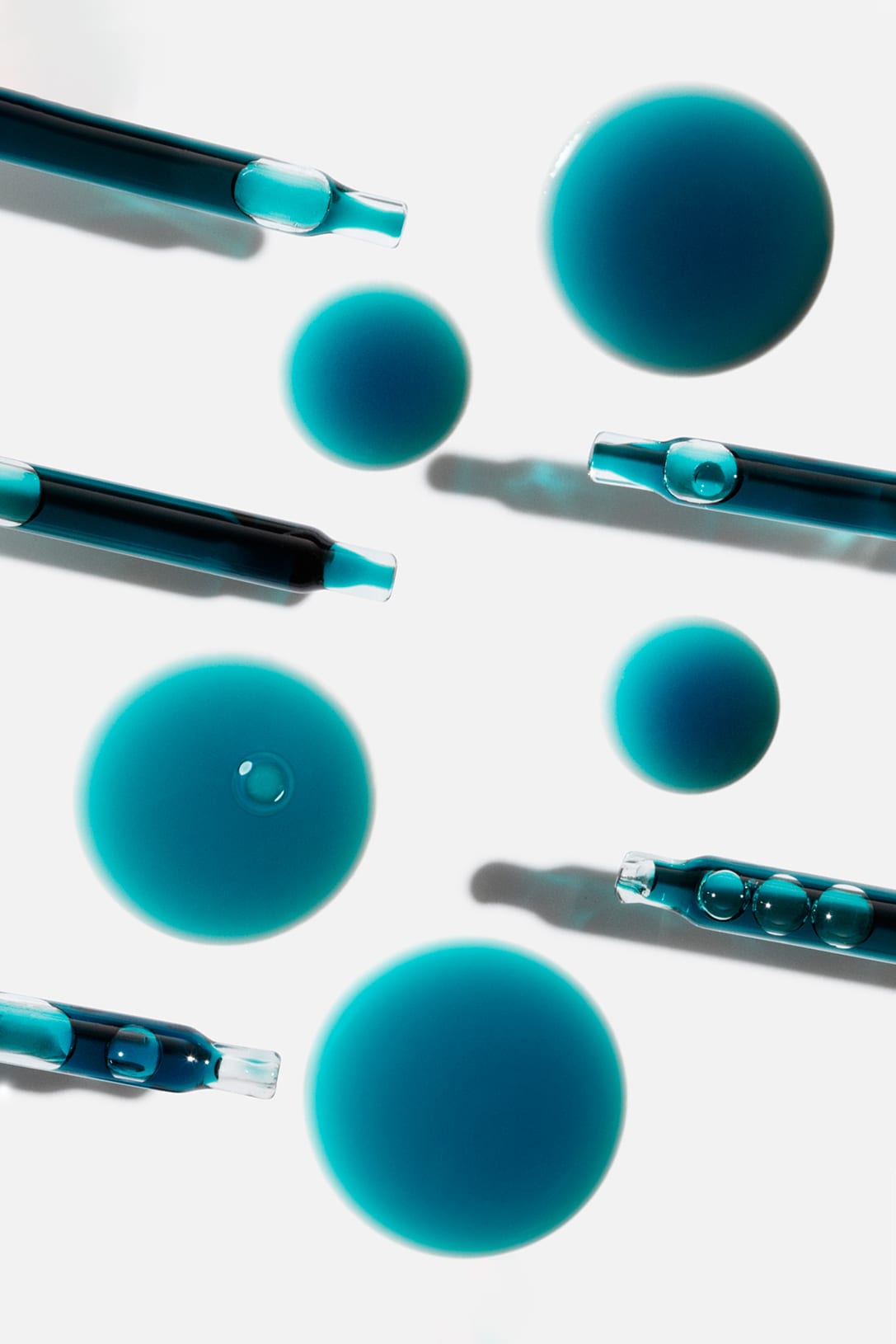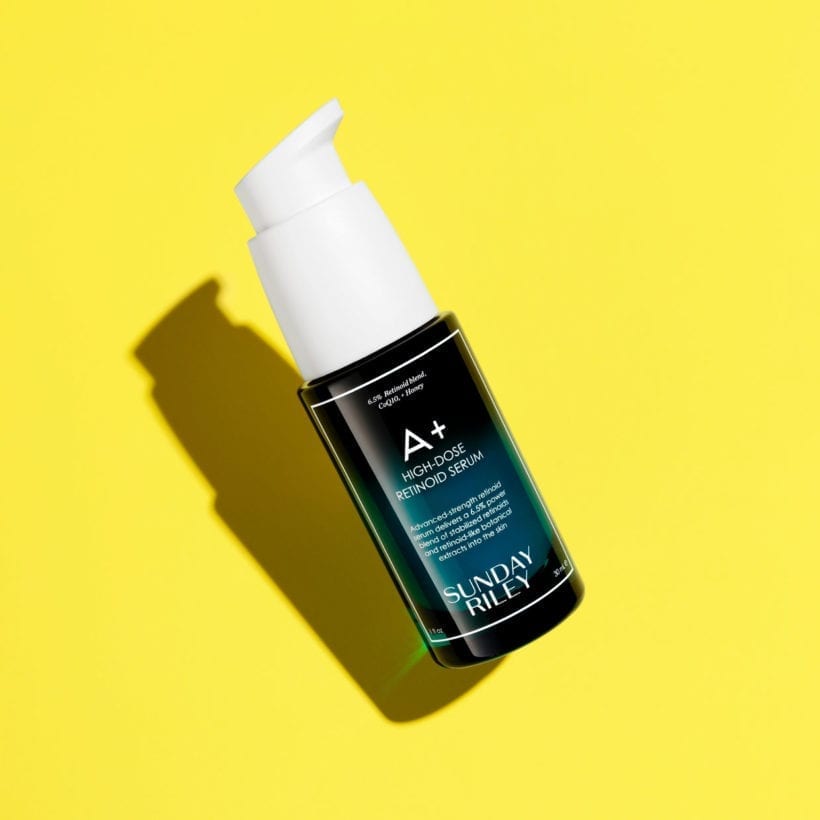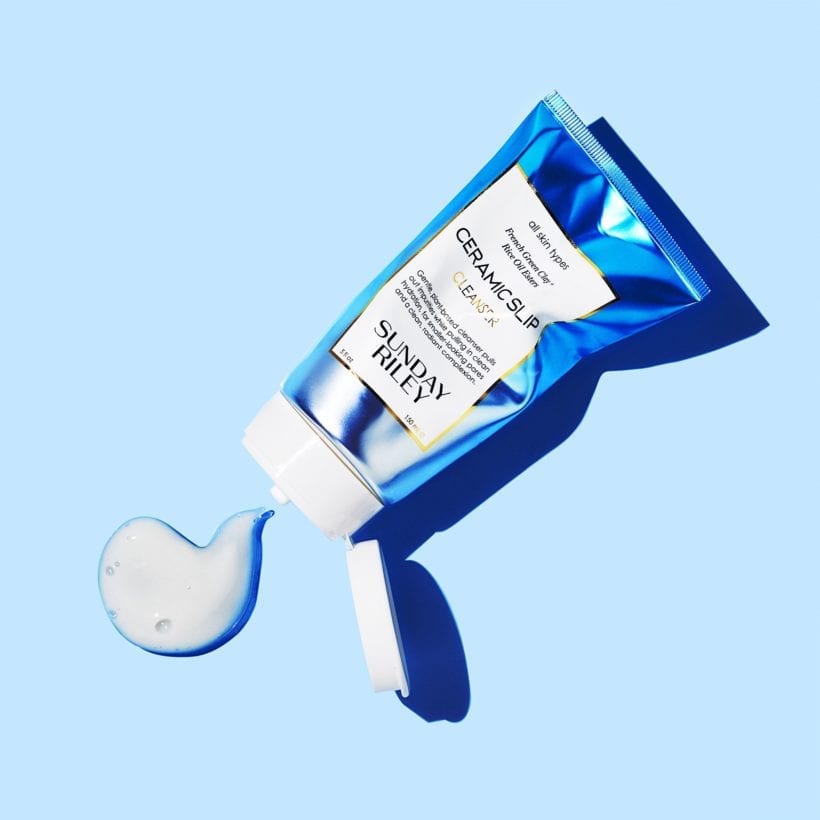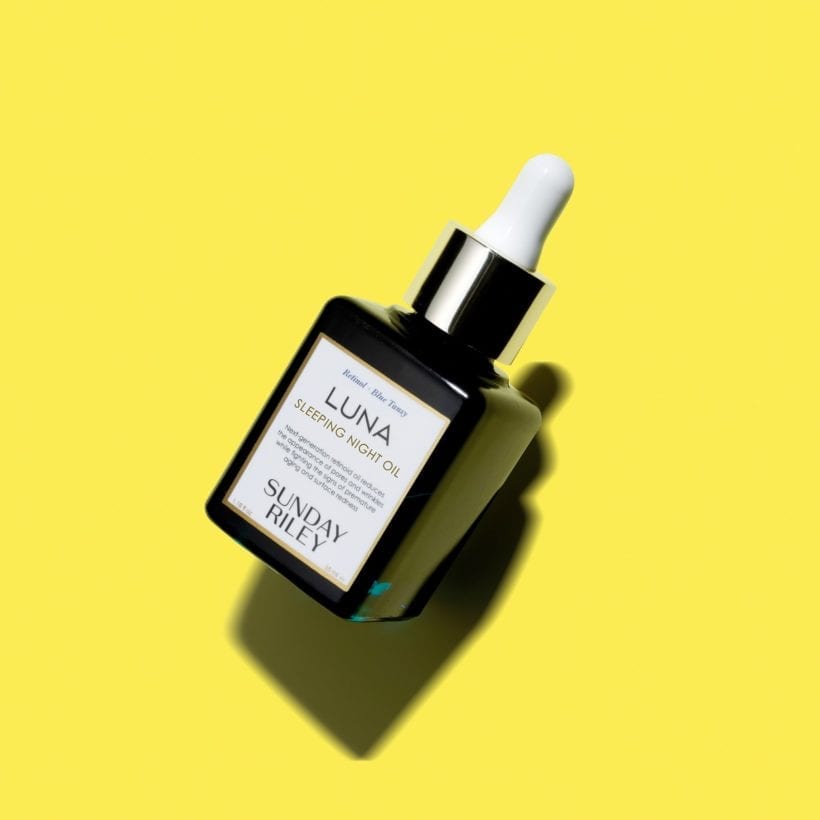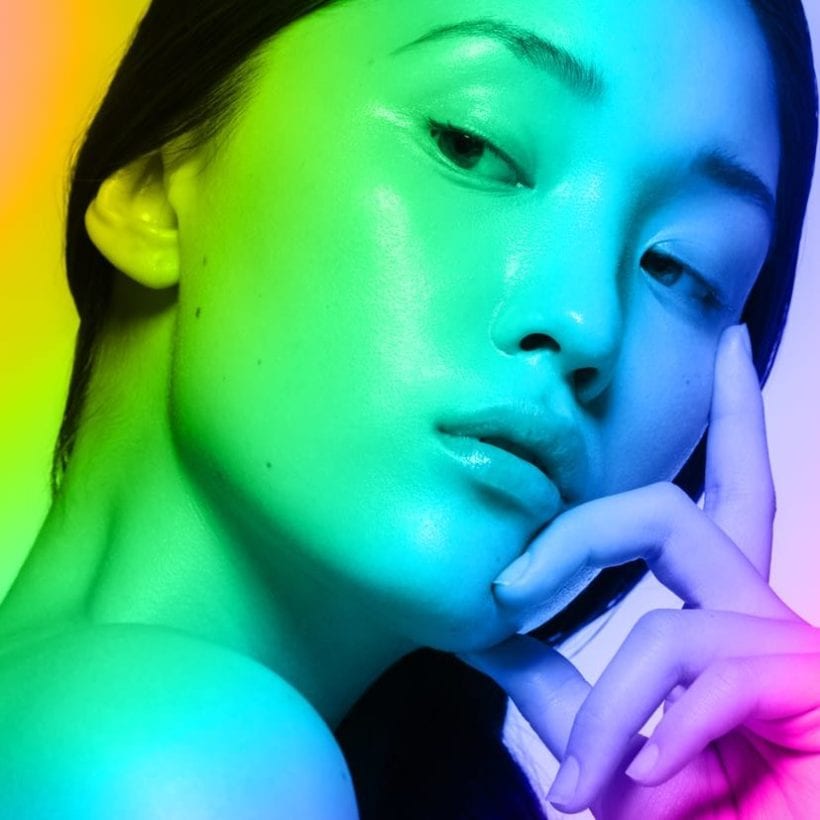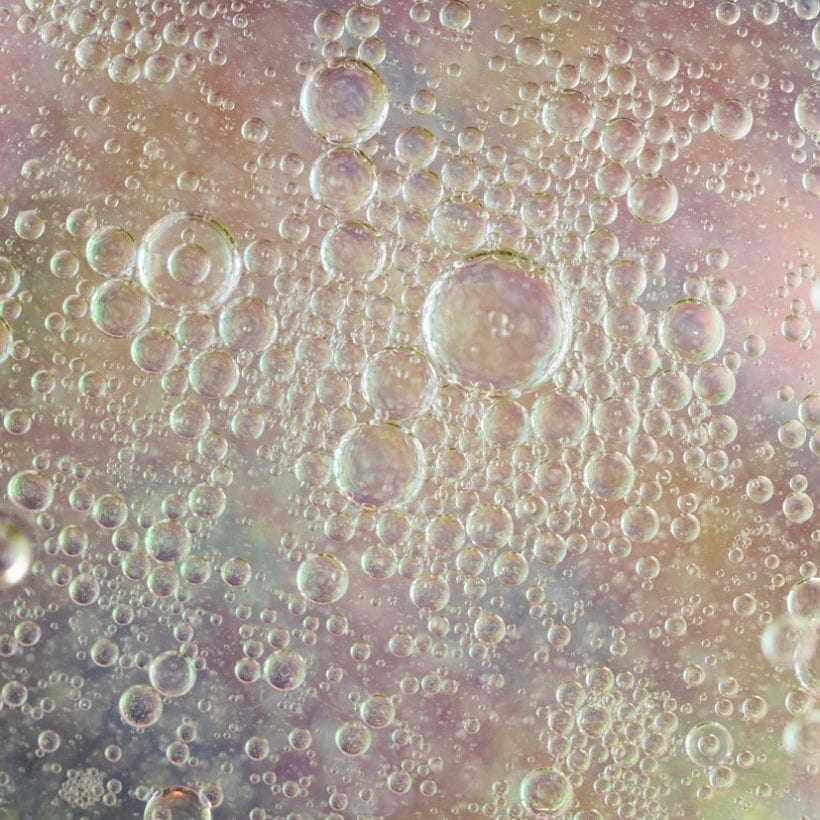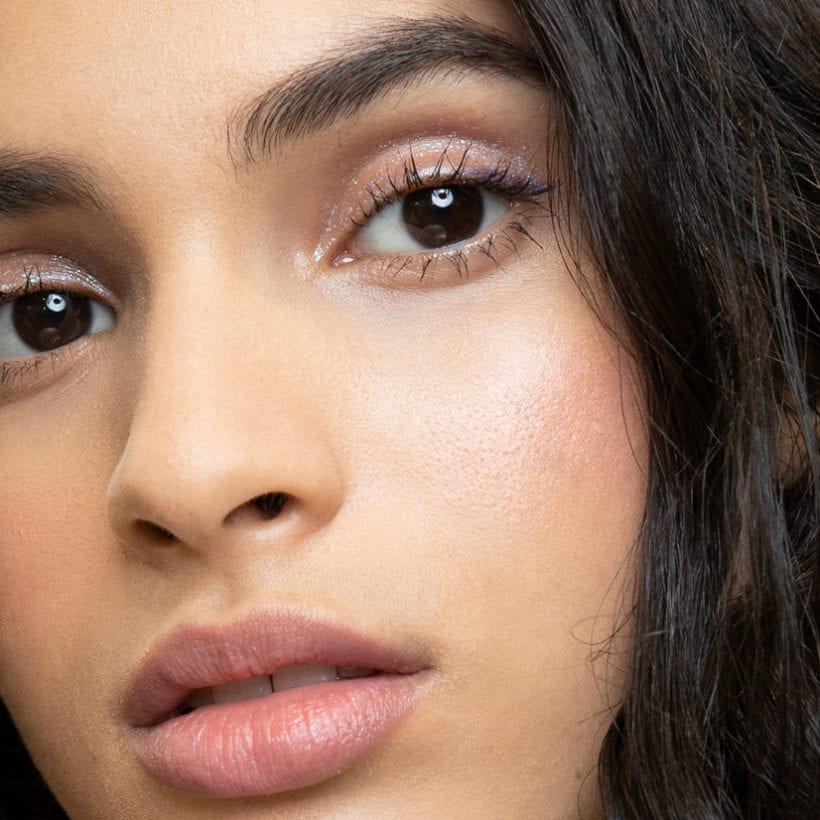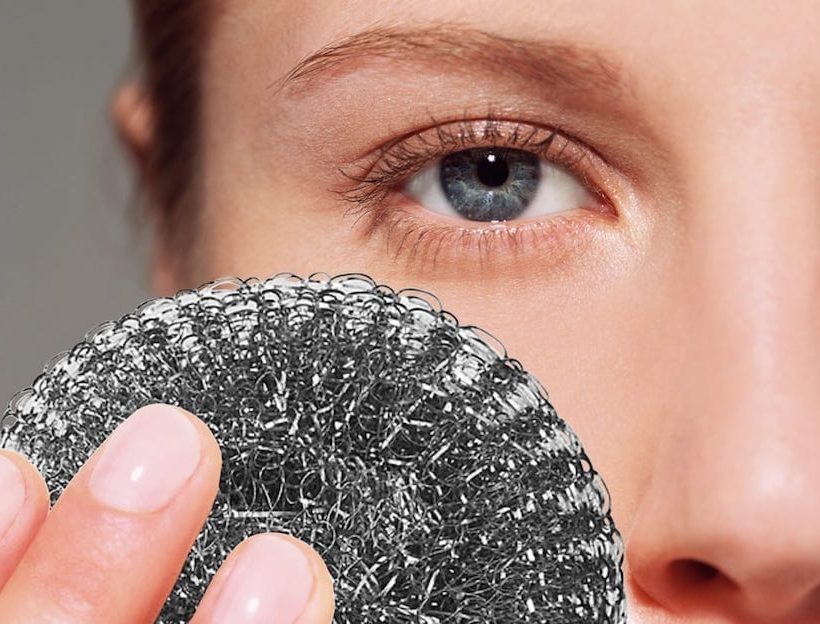“The general consensus amongst dermatologists is to start using retinol products in your mid-to-late 20s,” says UK-based aesthetic practitioner Dr. Nima Mahmoodi. From evening out skin tone and texture to boosting radiance and preventing blemishes, it is a real multitasker that can suit all skin types.
And even though everyone’s complexion ages differently — some may need it earlier, others later — if you are dealing with breakouts, pigmentation from UV rays or age spots, fine lines from collagen breakdown or dullness, everyone can benefit from adding retinol to their skincare routine.
How does retinol work?
Inside our skin, we have retinol receptors called retinoic acid receptors (RAR) and retinoid X receptors (RXR). When you apply prescription retinol, known as retin-A or retinoic acid, the retinol acts on those receptors to speed up skin cell production. Old cells die faster, making way for new, young, healthy cells. Retinol also encourages collagen production so, essentially, it triggers your skin to act younger.
Retinol triggers
your skin
to act
younger.
Over-the-counter retinol has to go through a conversion process once inside the skin before it can act on the receptors, which means it is less likely to irritate than stronger prescription retinol.
Over-the-counter or prescription?
Retinol can be quite confusing because there are different forms of the vitamin A derivative that sits within the retinoid family and each has a different name. Below we reveal the ones worth having on your radar…
Best for Retinol Newbies
Hydroxypinacolone Retinoate (also known as granactive retinoic) is an ester of retinoic acid and the hottest new retinol on the block. It works directly on receptors in the skin just like tretinoin but has little-to-no downtime making it an ideal choice for anyone who does not want to risk irritation and wants quick results.
Best for Older, Acne-Prone Skin, and Pigmentation
Retinoic Acid (also known as retin-A or tretinoin) is seriously potent and only available with a prescription. This is best for people who have been using over-the-counter (OTC) retinol for a while and want something stronger, older complexions (40+) with deep-set lines, or anyone with heavy pigmentation or acne. This is the most efficient form of vitamin A and acts immediately on receptors for fast and furious results.
Best for Good Skin That Wants to Be Great
Retinol is an OTC vitamin A derivative that we have all heard of. Once applied, it sinks into the skin where it is converted to retinaldehyde and then to retinoic acid. It is pretty potent and can cause some redness and peeling if your skin is slightly sensitive, but should be fine for most skin types. The best way to avoid side effects is to use it two nights a week, see how your skin reacts and once it becomes more accustomed to the retinol ingredient, gradually work your way up to three nights and then four. Expect the great retinol results — smooth, glowing, clearer skin — to start happening within 28 days.
Best for The Retinol Pros
Retinaldehyde only has to do one switch to retinoic acid in the skin, so you get quicker results. It is also known as retinal for short and is available OTC. It is more potent than retinol, which means sensitive skin types and those with rosacea should tread carefully. This would be your next step up from retinol if you felt like you needed it.
Best for Sensitive Skin
Retinyl Retinoate is a gentler choice for sensitive complexions, but it takes longer to convert to retinoic acid in the skin. Generally speaking, results take around 8-12 weeks, which in comparison to the 28 days with other forms does seem slow. But if you can reap the retinol benefits without the irritation it is worth the wait.
Best for Multi-taskers
Retinyl Palmitate is another gentle retinol. It is a blend of the ester of retinol and a fatty acid called palmitic acid, which acts as a buffer between your skin and the retinol. It is often combined with other ingredients like hyaluronic acid or vitamin C.
The Side Effects Revealed
Rumor on the skincare street is that retinol can thin the skin, but Mahmoodi is happy to bust that myth saying, “It actually stimulates collagen production, therefore thickening it.” But, here comes the kicker: Retinol can sometimes be irritating to the skin, even the OTC formulations. “The normal side effects include dryness, flaking and sensitivity to sunlight. In some instances, particularly in those with sensitive skin, one may have signs of burning, redness and intense flaking,” says Mahmoodi. “Those with conditions such as eczema and rosacea should potentially consider looking for alternative anti-aging treatments that do not include retinol.”
Before you swerve retinol, there are ways to include it in your regimen, reap the rewards and avoid irritation. The secret is in your application strategy. “It’s always best to ease retinol products into your skincare routine. If used too frequently or if the retinol concentration is too strong, significant irritation can occur,” notes Mahmoodi. Over-the-counter retinol concentration can range from 0.01 percent up to 2 percent. It is best to start at a lower concentration and work your way up to 0.5 percent and then 1 percent in time and so on.
If you are completely new to retinol (in any form), go slow. Apply your retinol-based product 2-3 nights a week, see how your skin reacts and increase your application gradually. If your skin starts to flake, that is the dead cells lifting away. You can use a muslin cloth or gentle exfoliator in the morning to help lift away the flakes to reveal the brighter, smoother skin beneath. If you’re dealing with seasonal issues, make sure you’re using retinol correctly this winter to avoid dryness and more. If you’re dealing with seasonal issues, make sure you’re using retinol correctly this winter to avoid dryness and more.
“In the first few weeks of use, the mild side effects are at their greatest as your skin is acclimatizing to the retinol,” he says. “The presence of no side effects does not correlate with the retinol ‘not working,’” he adds.
And if you do have sensitive skin, he suggests you “wait 30 minutes after washing your face before applying retinol products as the water can exacerbate the side effects.” This is all down to the pH levels in your skin and the water. Healthy, happy skin has a pH of 5.5 but tap water can be around pH 7, which can leave the skin out of whack. Add retinol into the mix before your skin has adjusted back to its optimal pH and you could be headed for some unwanted irritation.
